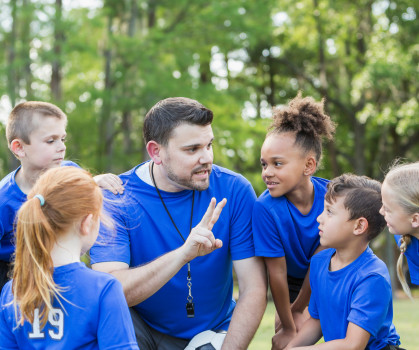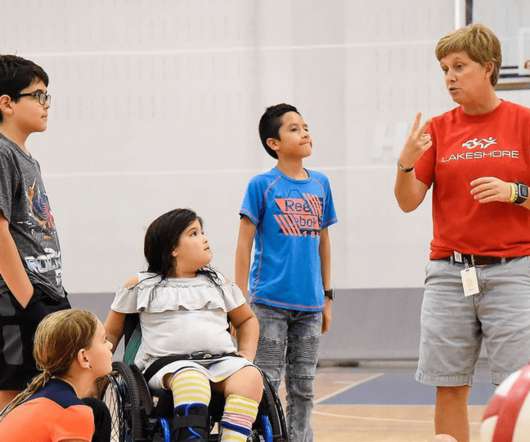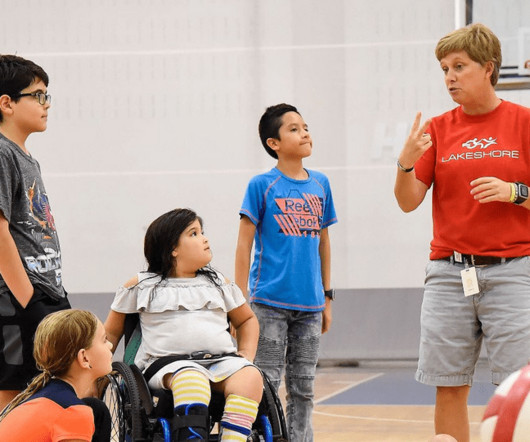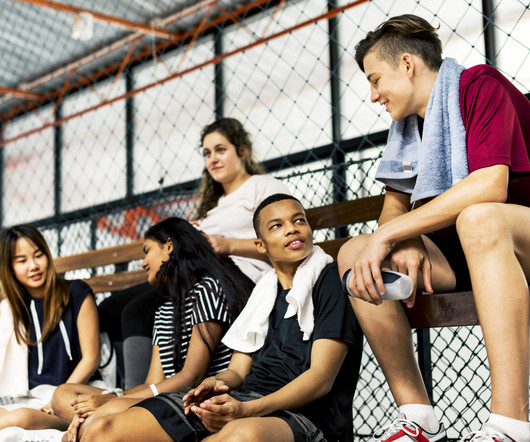5 Ways to Celebrate PE & Sport Week in Your School … All Year Long!
SHAPE America
APRIL 18, 2023
Help ALL Kids Develop Fundamental and Foundational Motor Skills To expand “Motor Skills Monday” beyond National PE & Sport week, think of ways to include activities, games and creative opportunities to increase motor skill ability throughout the year. Include foundational skills (e.g.,













Let's personalize your content